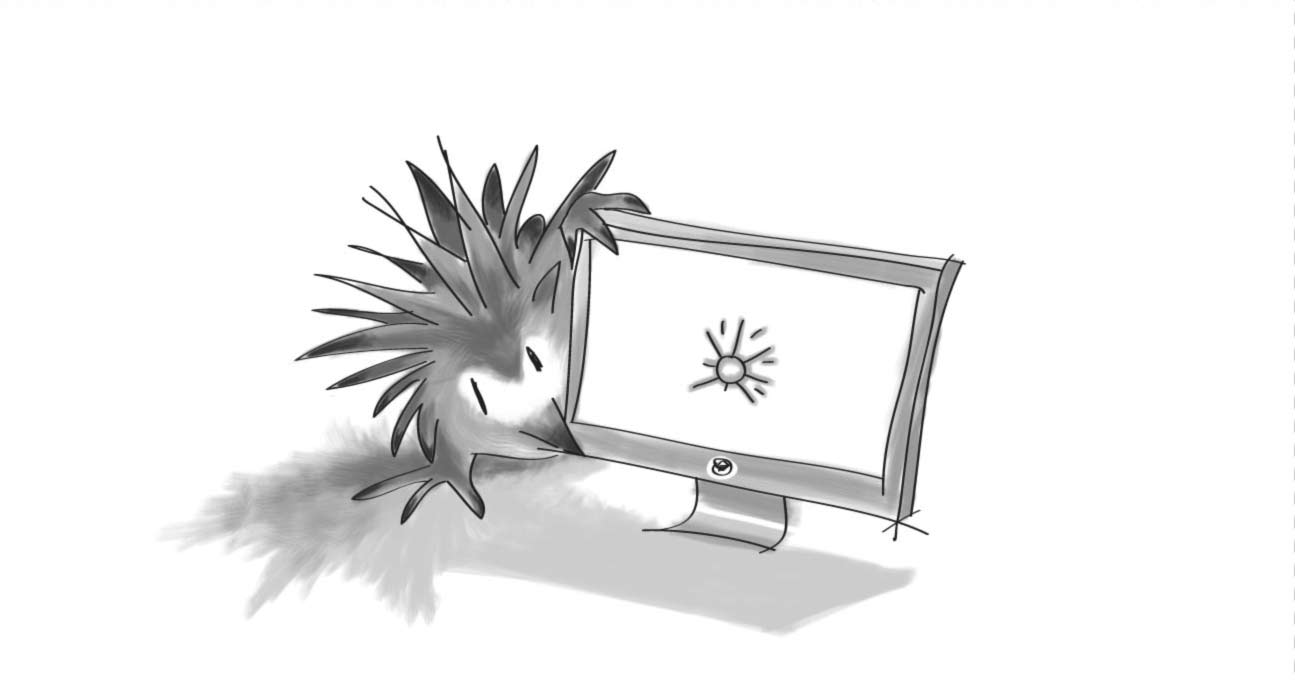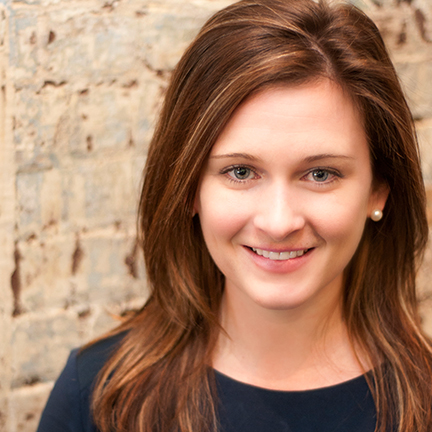A 1.0 World versus a 2.0 World

I recently attended a Communications Workshop where I had the pleasure of listening to Ira Basen of CBC, speak about the differences between a 1.0 and a 2.0 World.
Today, most people understand the term “Web 2.0” – web applications that facilitate interaction, information sharing, collaboration and conversation between users, such as blogs and social networking sites.
But, did you know that a 2.0 World involves more than the web?
In August of 1999, Pyra Labs released “Blogger” – a blogging site that made it possible for anyone with Internet access to publish content. Because of Blogger (and other social mediums today), the tools of journalism and communications are available to everyone.
In a 2.0 World, it’s important to recognize the decline of the gatekeeper role. The gatekeeper – defined as someone who controls access and decides whether a given message will be distributed by a mass medium - now, more than ever, doesn’t exist.
Previously, news releases we’re only read by the “news” and a newspaper editor decided what content was published and what content was not. The gatekeeper was responsible for pointing out mistakes and ensuring all content was true and newsworthy before the story reached the public. With applications such as Blogger, Facebook and Wikipedia, content isn’t filtered first, it’s published first and then corrected.
As communication specialists (or any professional for that matter), we have to understand that a 1.0 World where content is carefully published and a 2.0 World where anything goes - are different. We must understand that the public is our audience (not just the media) and although we have complete access to publish content, we still have a responsibility to be honest and trustworthy.
As the public and audience, we must be savvy enough to correct errors in published content and remember that because content is on the web, doesn’t always mean it’s correct.
The gatekeeper function will always be important. Great things can come from using blogs and social media, but it’s up to us to ensure we’re editing, controlling and researching the content that we push out.
SUBSCRIBE TO OUR E-NEWSLETTER
 Subscribe
Subscribe


